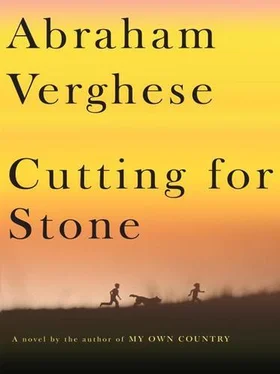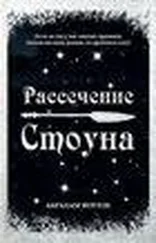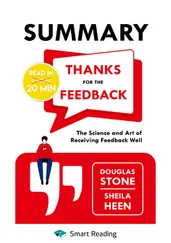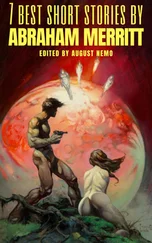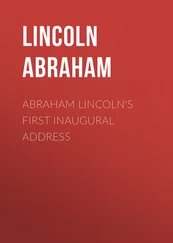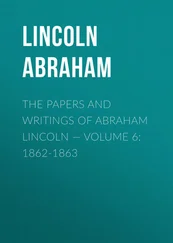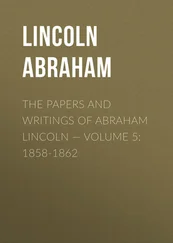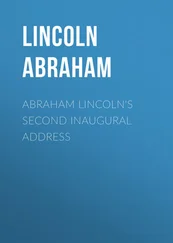For information about Teresa of Avila, and the description of Bernini's statue, I drew on Teresa of Avila: The Progress of a Soul by Cath-leen Medwick. Even after seeing the original in Rome, I found Medwick's descriptions so insightful. Any of St. Teresa's words that I quote, as well as the ideas about faith and grace, and the idea of Sister Mary Joseph Praise reciting the Miserere at her death and the idea of the inex-picably sweet scent, are based on Medwick's account of the life of Teresa. The words “celestial billing and cooing” are from H. M. Stutfield quoted in Medwick's book.
The line “I owe you the sight of morning” is by W. S. Merwin from the poem “To the Surgeon Kevin Lin,” originally published in The New Yorker. A limited-edition print of this poem prepared by Caro lee Campbell of Ninja Press and signed by William Merwin hangs in my office. I owe a great debt to physician, writer, and friend Ethan Canin for first inviting me to the Sun Valley Writers Festival and thereby introducing me to Reva Tooley and the remarkable people who gather there.
The line “her nose was sharp as a pen” is from Henry V, Part II and relates to my belief that it represents Shakespeare's astute clinical observation, which I described in “The Typhoid State Revisited,” in The American Journal of Medicine (79:370; 1985).
My own impressions of Aden and my memories of sitting in khat sessions were aided by the most vivid descriptions in Eric Hansen's wonderful book Motoring with Mohammed: Journeys to Yemen and the Red Sea and also Eating the Flowers of Paradise: One Man's Journey Through Ethiopia and Yemen by Kevin Rushby. The image of the woman with the charcoal brazier on her head and also the wheelbarrows transporting people come from Hansen's book.
The Italian occupation, the description of Aweyde, and many aspects of the Italian-Ethopian conflict, including the desire to win by any means— Qualsiasi mezzo —were informed by Paul Theroux's wonderful Dark Star Safari: Overland from Cairo to Capetown and many other sources.
“Squared her shoulders to the unloveliness” is a paraphrase of James Merrill's line in the poem “Charles on Fire”: “No one but squared The shoulders of his unloveliness.”p>
Bliss Carnochan showed me an early edition of his Golden Legends: Images of Abyssinia, Samuel Johnson to Bob Marley and helped me see how Western ideas about Ethiopia were shaped.
I and countless Commonwealth medical students admired Bailey and Love's Short Practice of Surgery; Stone's imagined textbook is based on Bailey and Love, and the wombat and the appendix story is from there. As a student I was impressed with the photograph of Bailey and his nine fingers. Other than that, the character of Stone has no connection with Hamilton Bailey, who practiced only in England before retiring.
“A careful decision was needed so as not to blunder again. It was often the second mistake that came in the haste to correct the first mistake that did the patient in” and “A rich man's faults are covered with money, but a surgeon's faults are covered with earth” are both from Aphorisms and Quotations for the Surgeon by Moshe Schein. For these and many other surgical notions, I owe Moshe, maverick surgeon, brilliant teacher, author of several wonderful surgical textbooks, essayist, and friend. He not only read early drafts but also introduced me to the community of surgeons on SURGINET I delighted in, learned from, and borrowed ideas from their musings, particularly the vasectomy details, which made for a series of memorable exchanges. Karen Kwong shared with me her experiences (and those of her husband, Marty) as a trauma surgeon, and she was a careful reader of the manuscript both early and at the end. Her long, thoughtful e-mails were precious, and I cannot express to her sufficiently my gratitude and admiration. Thanks also to Ed Salztein, Jack Peacock, Stuart Levitz, and Franz Theard. I met Thomas Starzl when I was a Chief Resident in Tennessee and have since renewed the acquaintance. He is truly a surgeon's surgeon, and his pioneering work establishing the field of liver transplantation is no fiction; I refer to him in the book in tribute. Thomas Stone is his fictional contemporary. Francisco Cigarroa, president of the University of Texas Health Science Center, San Antonio, was kind enough to let me watch as he performed a liver transplant on a child. The remarkable group in San Antonio, led by Glenn Halff, who make liver transplant appear almost routine, are part of Starzl's legacy—until very recently, it was fair to say that every liver transplant surgeon in the world was trained by Starzl or by someone who trained with Starzl.
“Birth, and copulation, and death / That's all the facts when you come to brass tacks: I've been born, and once is enough” is a partial quote form T. S. Eliot's Sweeney Agonistes.
“Indeed to think of life as tragic is a posture of delusion, for life is uniformly worse than tragic” is a line from Heinrich Zimmer's The King and the Corpse, edited by Joseph Campbell, as is “Not only our actions but also our omissions become our destiny.”
“They saw in the plague a sure and God-sent means of winning eternal life” is from Camus’ The Plague.
I am greatly indebted to the late Ryszard Kapuscinski's take on a city and a country which I thought I knew well. Details of the Emperor's court, the palace, the funding of the health departments, the Amhara character, the motorcycle escort, the Minister of the Pen, and the palace intrigues were things most residents knew about and had in some cases seen firsthand, but Kapuscinski's particular talent was, as an outsider, making those things more visible to us, which he did in his extraordinary book The Emperor.
“The crookedness of the serpent is still straight enough to slide through the snake hole” is paraphrased from one of the Bhakti poems in Speaking of Siva, edited by the late, great A. K. Ramanujam.
For information about the Carmelites I thank Fred de Sam Lazaro and Eliam Rao and the incomparable Sister Maude. There is no convent of Carmelites to my knowledge in Egmore.
The details of the the Rock of East Africa, AFRS Asmara, are from http://www.kagnewstation.com/.
For the scenes of the escape from Asmara, I thank Naynesh Kamani, who was my senior in medical school and who made that heroic walk; he read the manuscript and had many corrections and suggestions. I was greatly influenced by Thomas Kennealy's wonderful novel To Asmara, with its observations about the Eritrean guerrilla camps which Kennealy appeared to have visited; he remains a champion of the Eritrean people. I should state that my affection is equal for both Ethiopia and Eritrea, and I have dear friends in both places.
“As if I had given him the greatest gift a man could ever give another” is a paraphrase of a line in Raymond Carver's “What the Doctor Said,” from New Path to the Waterfall.
For the scenes at the tuberculosis sanatorium, I am indebted to Jean Mason's “The Discourse of Disease: Patient Writing at the ‘University of Tuberculosis,’ “ which I was fortunate to hear at the Psychoanalysis and Narrative Medicine Conference, University of Florida, Gainesville, in 2002.
“May no English nobleman venture out of this world without a Scottish Physician, as I am sure there are none who venture in” was said to be a toast used by William Hunter, M.D., the elder of the Hunter brothers. I have paraphrased this as a toast that B. C. Gandhi uses.
“Call no man happy until he dies” is what the Athenian Solon tells Croesus, the wealthy king of Lydia, according to Herodotus. These are words that Sir William Osler quoted on hearing the news of his beloved son Revere's death at Flanders. The imagined nursing textbook that describes Sound Nursing Sense is a recasting of one of Osler's aphorisms.
Читать дальше
